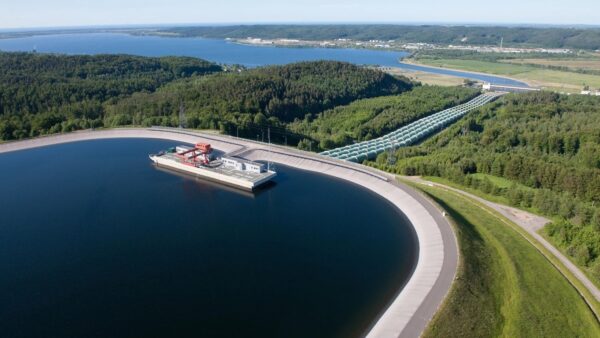Japanese contractor Taisei Corporation has announced that its experimental, three-storey office building that generates more than enough power for its own use has been running successfully for a year.
The structure is powered by a thin coating of clear photovoltaic panels on half of its exterior elevation and all of its roof.
The power system developed by Mitsubishi Chemical uses a 2mm-thick solar film and works with a 5% conversion efficiency.
Taisei cut the energy required to run the building to a quarter of the usual amount with lights that switch on only when people are detected and an air-conditioning systems based on circulating water.
The company built the small office block at its technology centre in Yokohama to determine whether the panels could completely power the building.Â
One year in, Taisei said it has worked in all four seasons and believes that it should be possible to run the building without a utility connection.
It is connected to the national grid now to cope with cloudy days, but Taisei said the amount generated on sunny days completely offsets cloudy-day shortfalls over the course of a year.
Taisei will now work on reducing the cost of the power generation technology and improving the conversion efficiency of the panels.
The company believes there is demand for self-powered buildings, but the cost is too high at present. This office cost between 50% and 100% more to build than a conventional model.Â
Taisei has given itself a deadline of 2020 to produce a version that is only 20% more expensive to build. It said its research suggests consumers would be pay that premium for a building that came with little or no electricity costs.
- From The Asahi Shimbun.
Comments
Comments are closed.











Surely the key to the fluctuating energy intake is to develop and install sufficient low cost long life batteries in order to operate independently of any form of public power supply? No doubt ,most developed nations including Japan are hard at work to develop such solutions as a matter of immediate urgency! Once it is
viable for new buildings – existing buildings could then be retro-fitted to achieve the same benefits!